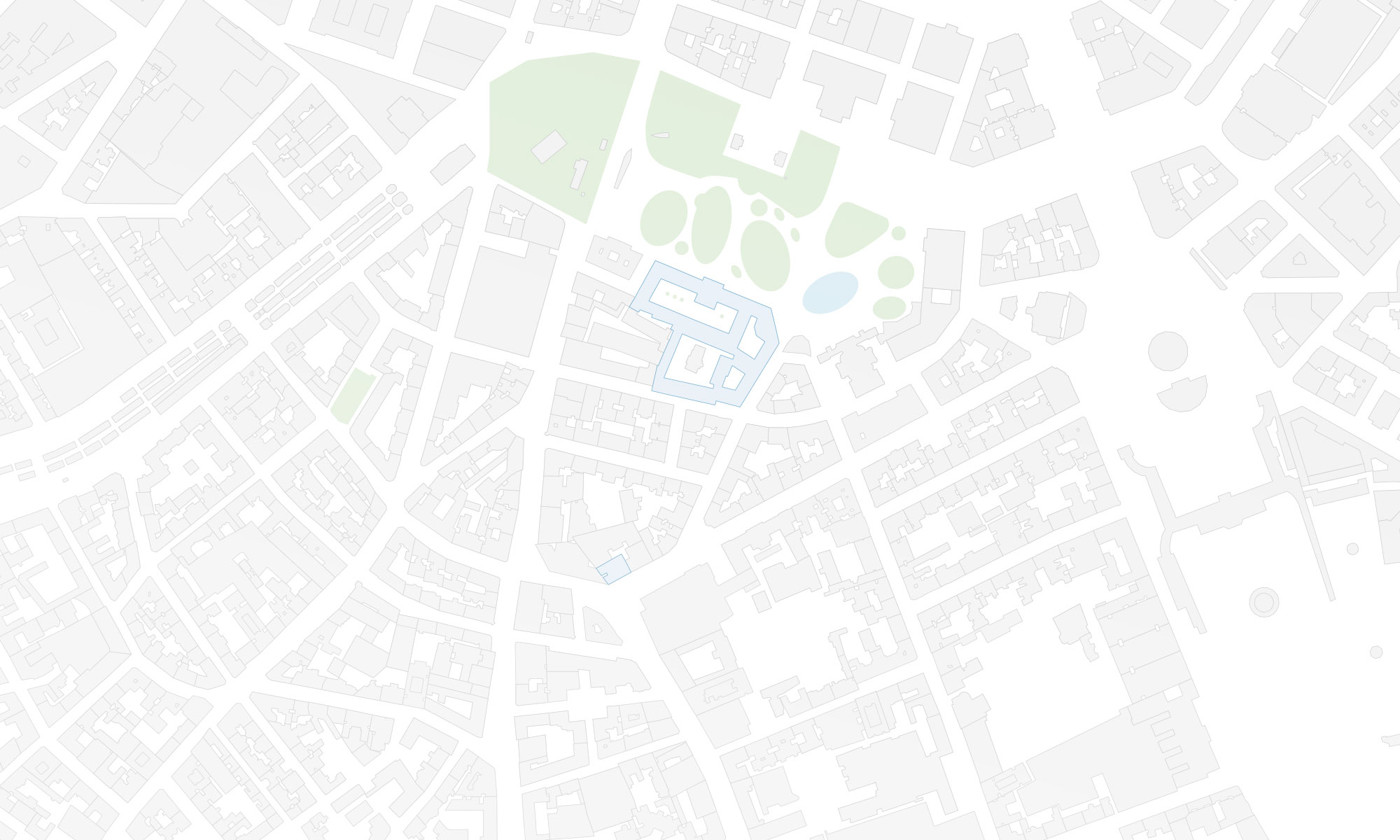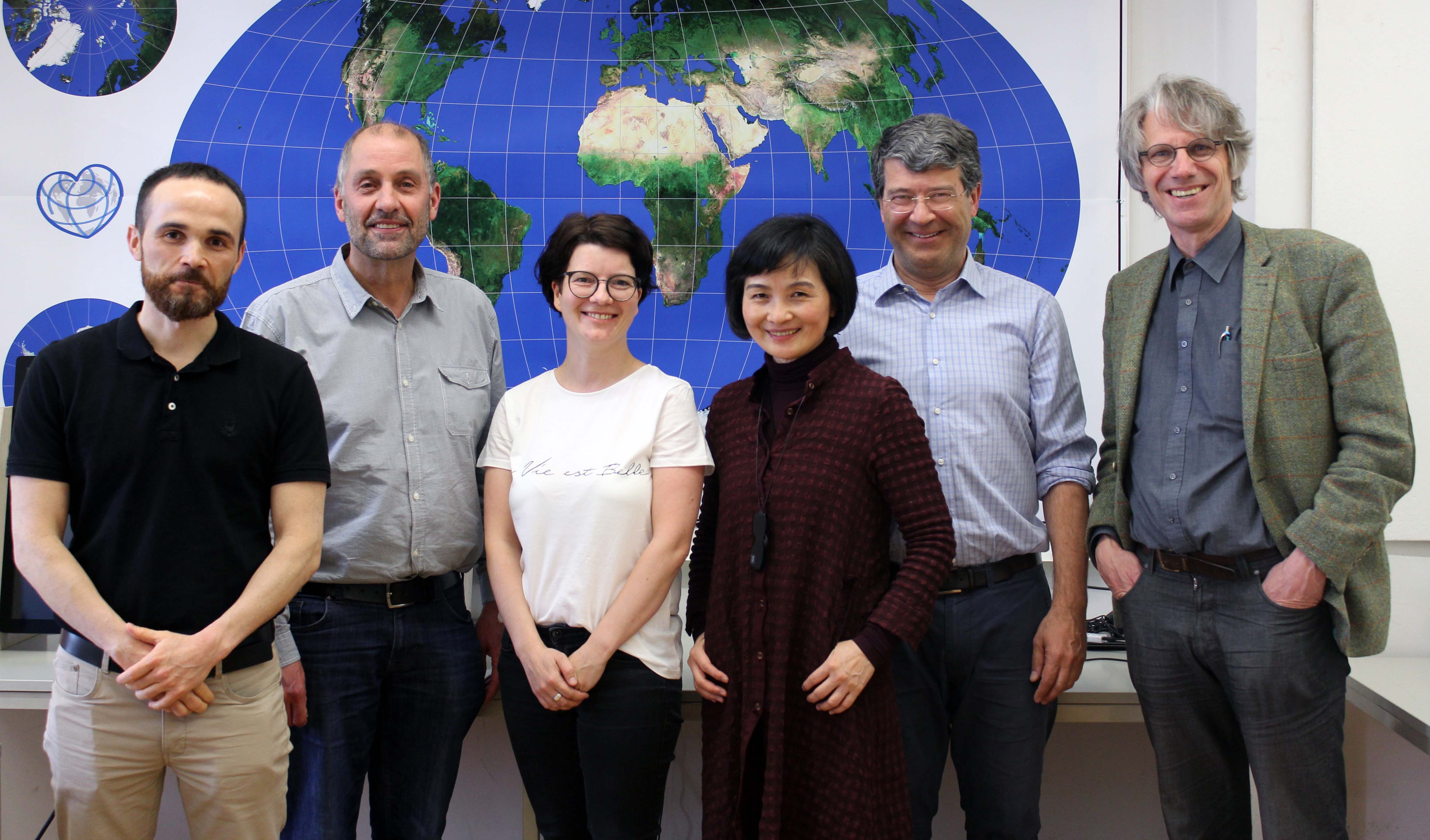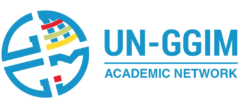We are happy to announce a CartoTalk by Menno-Jan Kraak, University of Twente, on Wednesday, 9 May 2018.
Abstract: The content of an Origin and Destination matrix informs about the nature of movement and connectivity between locations. These could be point locations, like airports, or regions, like countries. The type of movement or flow can be qualitative (different airline flying between two airports) or quantitative (the number of migrants between two countries), or both. Traditionally this type of data is visualized in flowmaps. In these maps flows are often represented by arrows of different colors and width to represent the character of the flow between an origin and a destination. However, flow maps also tent to become quickly visually cluttered. Additional problems arise when time series have to be displayed too. How to solve this problem? A link between alternative visualizations, such as cartograms, chord diagrams, tree maps etc. could be useful, but in some of these alternative approaches the geography gets lost and time is lacking. In our suggested solution we concentrate on the design of alternative visualizations of the matrix itself. The matrix represents attribute space and will be linked to the (flow) map. The presentation will discuss several options on how to include time in these visualizations as well. Among the alternatives are several three-dimensional designs that allow for interaction to brush time
Menno-Jan Kraak is professor of Geovisual Analytics and Cartography at the University of Twente / ITC. Currently he is head of ITC’s Geo-Information Processing Department. He is also President of the International Cartographic Association (ICA) for the period 2015-2019. He wrote more than 200 publications, among them the books ‘Cartography, visualization of geospatial data’ (with Ormeling) , and ‘Mapping time’. He is a member of the editorial board of several international journals in the field of Cartography and GIScience.
Wednesday, 9 May 2018, 10:00
EI 1 (Petritsch Hörsaal)
Gußhausstraße 25, Stiege VIII, 2nd floor







